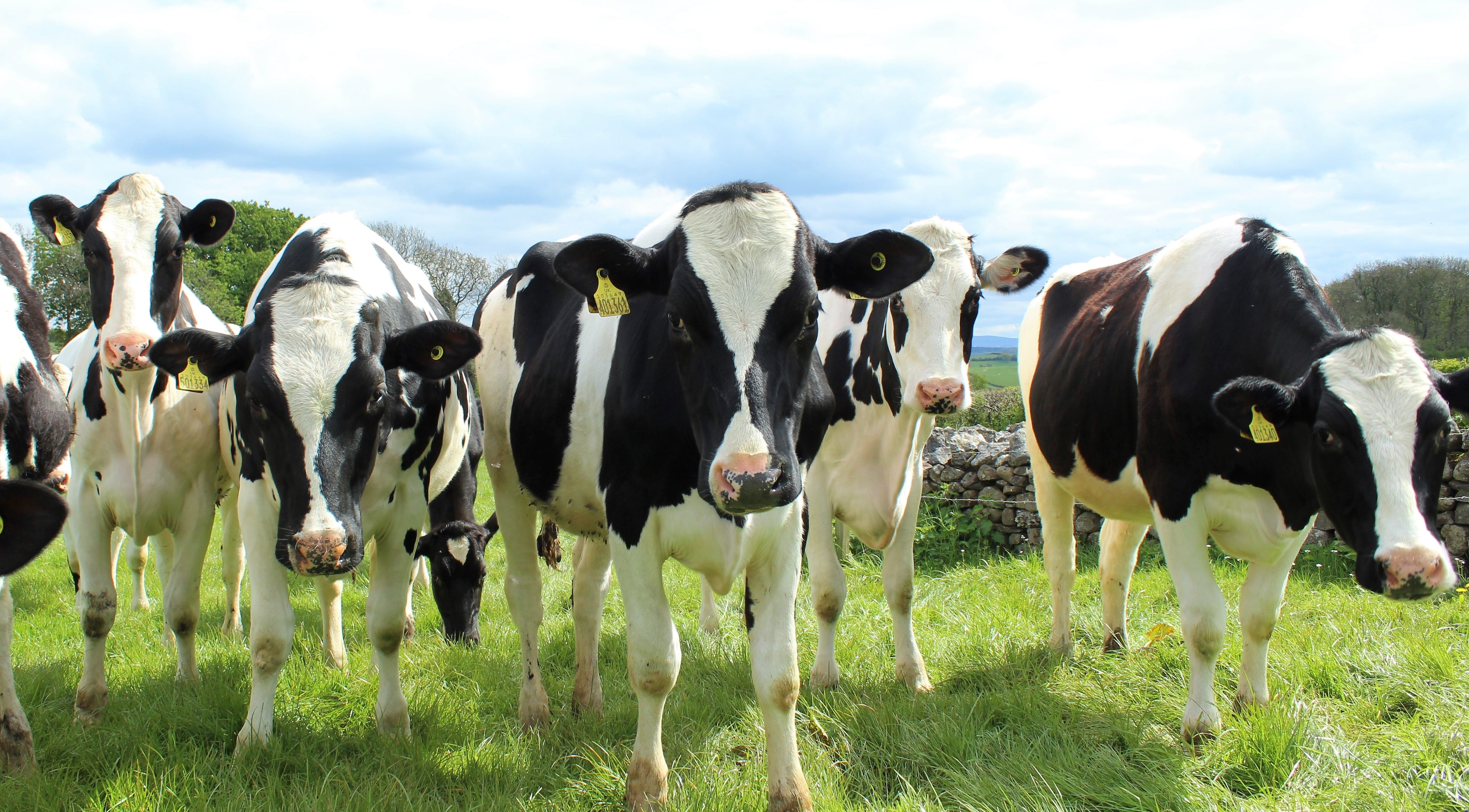Neonatal diarrhoea is often a multifactorial problem involving colostrum, nutrition, husbandry, climate and infectious agents. The age of the animal is of utmost importance. In many instances, the infectious agents suspected can be ruled out based on this knowledge.
Calf diarrhoea:
The following table provides a guide for matching ages of scouring calves with the most appropriate tests.
| Calf age | Aetiology |
| ˂7 days | E. coli (K99), Salmonella, Cryptosporidium, Rotavirus, Coronavirus, failure of colostral transfer, poor quality milk powder |
| 1-4 weeks | Salmonella, Cryptosporidium, Rotavirus, failure of colostral transfer, poor quality milk powder |
| 4-8 weeks | Salmonella, Coccidia |
Awanui Veterinary laboratories offer calf diarrhoea test packages (only for faecal samples) for relevant pathogens based on these ages.
Note: Individual tests for the listed agents can also be requested.
Specific information for some agents:
- Escherichia coli – Apart from histology and culture, enterotoxigenic E. coli in calves can be diagnosed by antigen K99 detection with ELISA. This antigen can also cause diarrhoea in piglets and lambs. K88 antigen detection is also available and this antigen is specific for piglets. Awanui Veterinary offer culture for the diagnosis and confirmation of K88 infection and a faecal immunoassay for the diagnosis of K99 infection. Strain typing cannot be performed by Awanui Veterinary – so cases negative for K88 and K99 are not necessarily negative for E.coli infection. Besides fresh intestine for culture and formalin fixed intestine for histopathology, formalin-fixed tissues of liver and lung may help in diagnosing enteropathogenic E.coli cases. Please be advised that even with both culture and histopathology, a small percentage of E.coli cases can still be missed.
- Yersinia sp. is not included in the calf scour panels; therefore, consider requesting it in addition to the calf scour panels above; in calves that are getting close to weaning.
- Cryptosporidium sp. – Pathogenic infections with Cryptosporidium sp. are uncommon in calves ˃ 3 weeks old; therefore, we routinely do not recommend testing for Cryptosporidium sp. in calves ˃ 3 weeks.
Other tests:
- GGT – Levels of GGT are directly proportional to the quantity of colostrum absorbed. We recommend taking 5-10 sera samples from affected and in-contact calves. The half-life of GGT in serum is relatively short and so this test can only be interpreted in calves less than 15 days old.
- Serum protein – Recent research in New Zealand has demonstrated a strong correlation between serum total protein and IgG using a cut-off of 53 g/L, below which is consistent with failure of passive transfer. Serum total protein can be measured at the laboratory or in-house using portable refractometers or digital Brix meters. This study was performed on healthy calves therefore the correlation may be different with dehydrated, diarrhoeic or sick calves.
- Milk powder testing – Curd testing gives an assessment of the powder’s casein content/quality. Powders that give poor quality may contribute to cases of diarrhoea. The curd test is only a valid test if it is known that the predominant protein in the milk powder is casein, as noncasein proteins can be can be successful in raising healthy calves, even they do not tend to form good curds.
Other analyses include milk fat, carbohydrate and protein levels alone, or assessment or presence and quality of other sugars such as glucose and sucrose, individually or in combination as “total sugars”. Total carbohydrates, including oligo- or polysaccharides can also be assayed (this test is subcontracted to an external laboratory, so please indicate the depth of the analyses required when submitting the sample).
Testing for fat, protein and lactose allows an assessment of feed quality. Although it does not define the digestibility of type of protein sources, it can indicate if high lactose is present and how much of the energy is supplied by the fat fraction.

